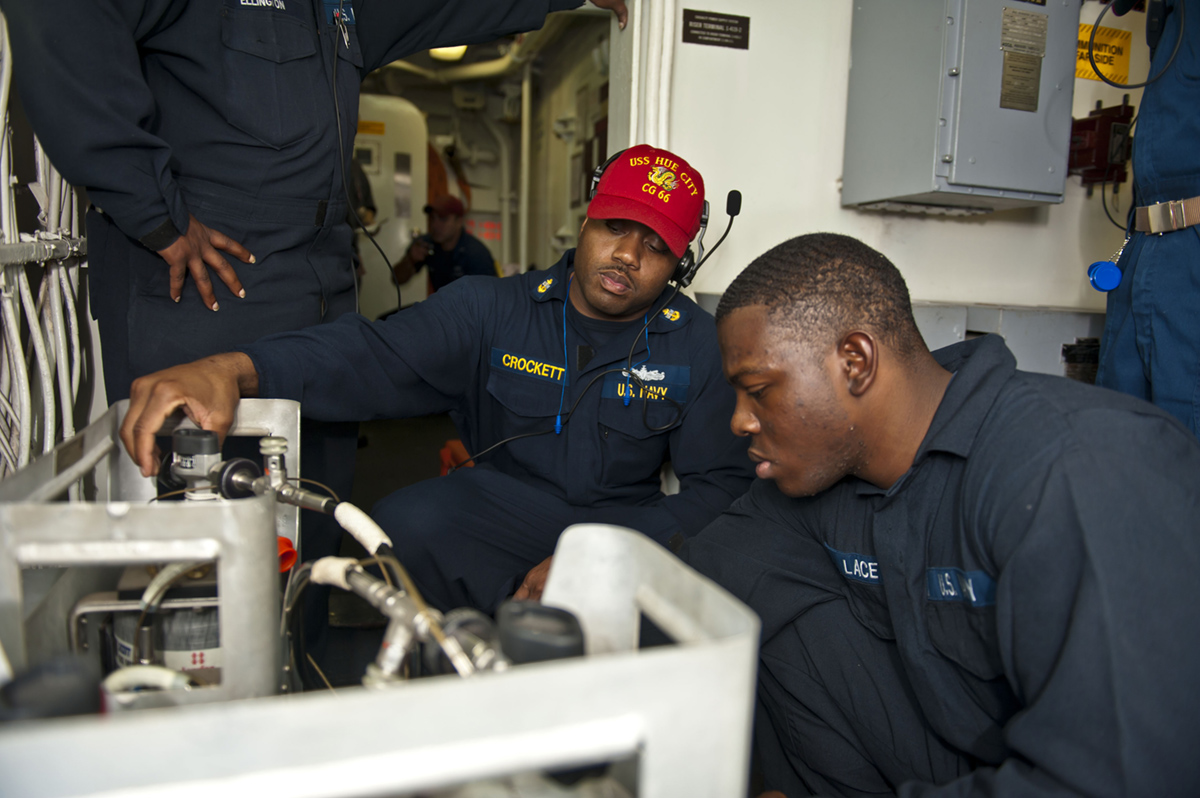
Oxygen toxicity results from breathing high partial pressures of molecular oxygen. The condition causes different symptoms and results from several reasons that will be explained in this article.
Oxygen ToxicityOxygen toxicity is actually severe hypoxia that is caused by inhaling oxygen at elevated partial pressures. It is also known as oxygen toxicity syndrome, oxygen intoxication and oxygen poisoning. Oxygen is vital for life but in its pure form it has harmful effect to humans. People thrive on 21 percent oxygen but 100 percent oxygen is harmful and even toxic. Prolonged breathing of such oxygen is particularly harmful to divers.
Symptoms of Oxygen ToxicityOxygen toxicity is associated with number of symptoms. This condition affects different body systems and organs including the central nervous system, lungs and eyes. Common symptom of oxygen toxicity is pain in the breastbone (sternum) due to affected lungs, bronchi and trachea. An inflammation starts in the airways and spreads into the lungs. Swelling of the lungs (pulmonary edema) may also occur. In premature babies as well as those undergoing Hyperbaric Oxygen Therapy (HBOT) exposed to elevated partial pressures of oxygen, there may be signs of damage to the eyes. There are other symptoms commonly caused by oxygen toxicity such as nausea, twitching, irritability, dizziness, confusion, and anxiety. Visual changes, ringing in the ears, intense muscle contractions for several seconds and rapid spasms of alternate muscle relaxation are also seen in moderate oxygen toxicity. However, in severe cases, oxygen toxicity can result in cell damage and even death.
Causes of Oxygen Toxicity
Oxygen toxicity or breathing high partial pressures of molecular oxygen can occur in underwater diving, during hyperbaric oxygen therapy and due to provision of supplemental oxygen to premature infants. For instance, among divers and people undergoing hyperbaric oxygen therapy, if there is an exposure to partial pressures of oxygen above 1.6 bars, which is approximately 8 times the atmospheric concentration, it will lead to affected central nervous system. Exposure to concentrations of oxygen above 0.5 bar leads to pulmonary toxicity. Ocular toxicity is most commonly seen in infants because of their not fully vascularized retina. Prolonged exposure to oxygen at high partial pressures leads to retinopathy of prematurity in infants.
Treatment of Oxygen Toxicity
If a patient inside hyperbaric chamber gets seizures it can be managed by removing the mask from the patient and by dropping partial pressure of oxygen. If seizure happens while diving underwater, the diver must be brought to the surface immediately. In case where supplemental oxygen is administered to infants for treatment of any disease, a ventilator is required to keep the lungs inflated. Bronchidilators and pulmonary surfactants are medicines used along with reduction in pressure and exposure of oxygen. Laser surgery and cryosurgery can effectively reduce the risk of blindness when retina is damaged.




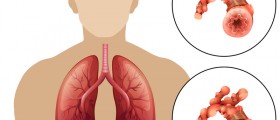
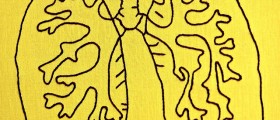

_f_280x120.jpg)



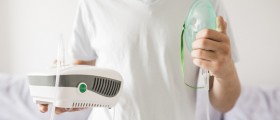




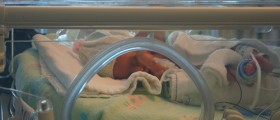
Your thoughts on this
Loading...